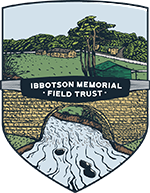
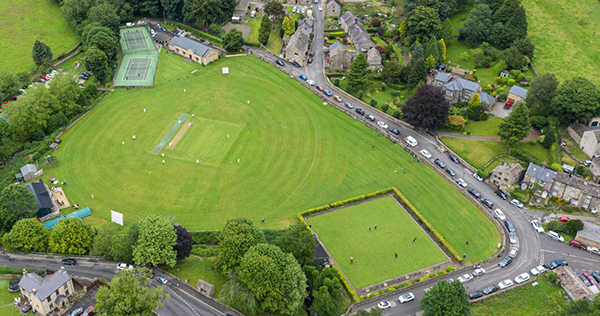
The Ibbotson Memorial Field.
The Ibbotson Memorial Field continues to thrive with the unstinting help of volunteers and donations from the general public.

The Trustees are also pleased to acknowledge that the 'Pathway to Inclusion' project received financial support from the National Lottery Community fund. The funding has enabled less ambulant people and those requiring wheeled access to attend on-field and Village Hall events.
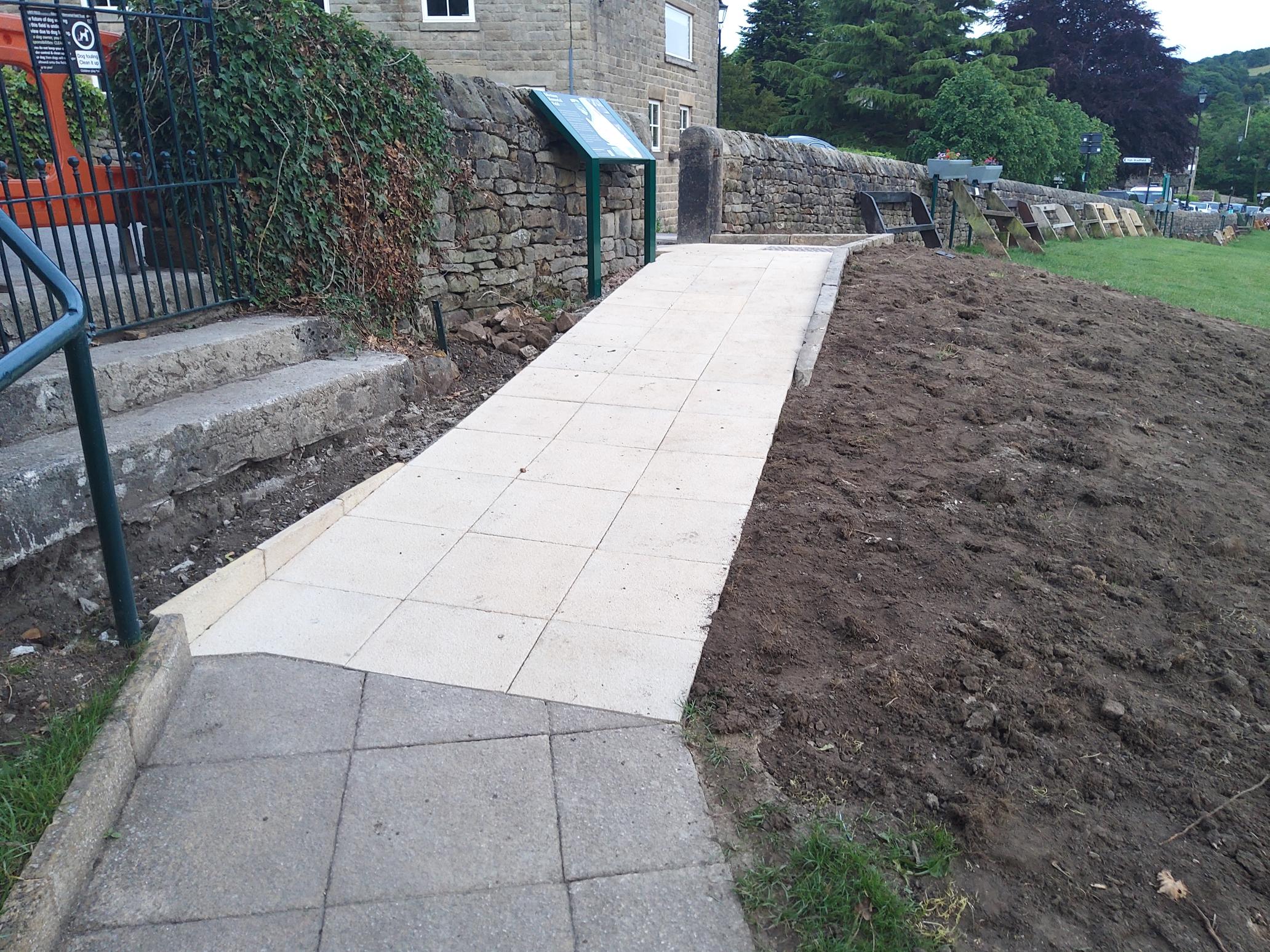
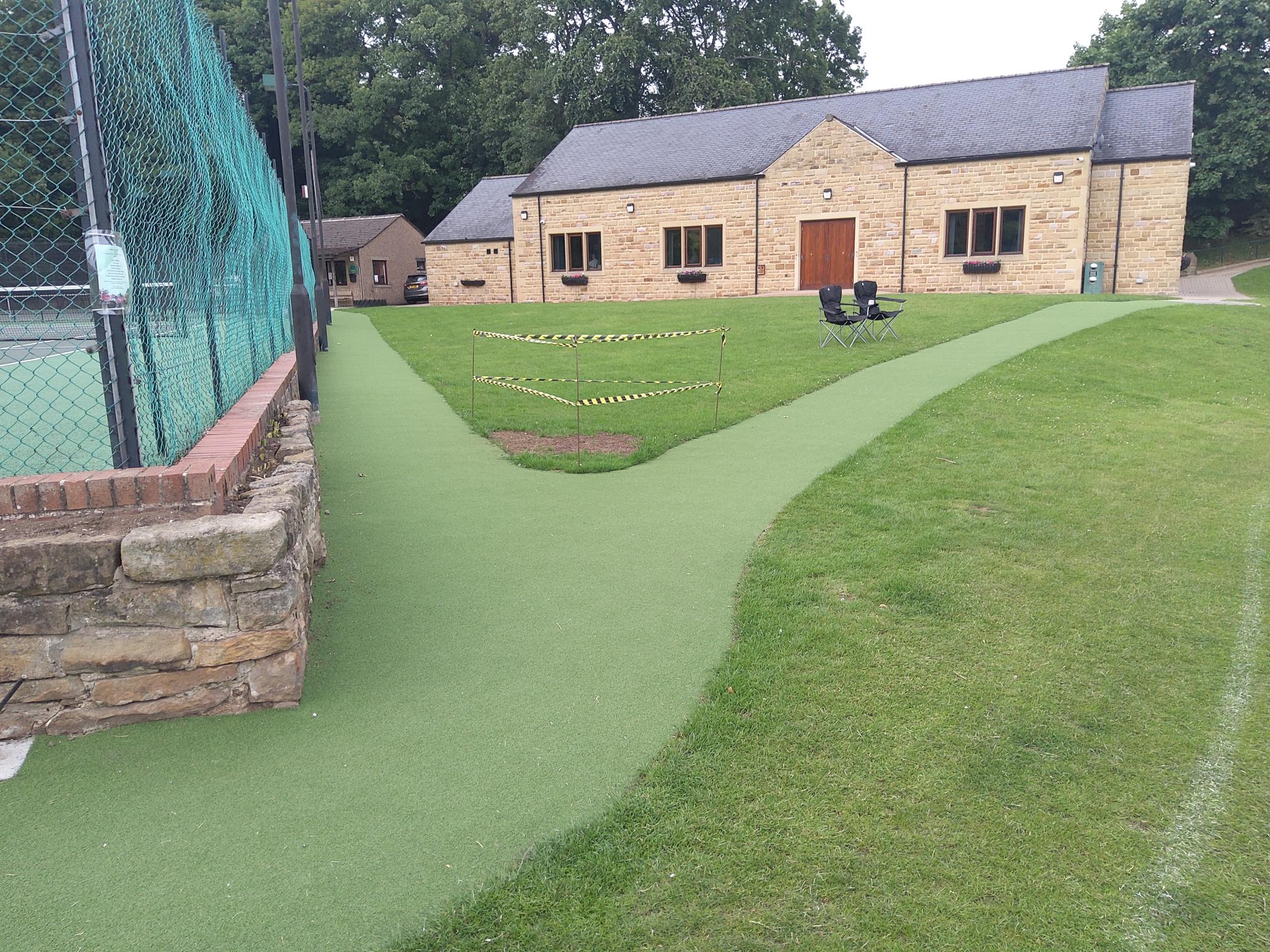
New footpaths completed in 2025.
25th June, 2007 - Torrential rains over South Yorkshire causes severe flooding of the field.
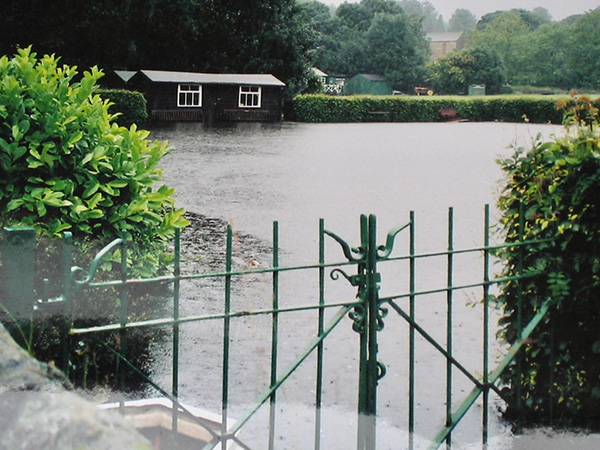
The Bowls club flooded in 2007.
18th June, 1994 - Bradfield Parish Council Centenary celebrations take place on the Field.
Saturday, May 30th, 1987 - A packed Gala Day of events is opened by Tony Capstick to mark 50 years of the Ibbotson Memorial Field Trust. This is the principal day in a series of events planned amongst all sections of the Field, which take place from Friday 29th May – Sunday 7th June.
1984 - The Field Management Committee (FMC) adopts its current operating constitution.
March 28th, 1980 - Bradfield Parish Council is leased a piece of land on which to construct a new Bus Shelter. The opening of the Field on Sundays is trialed at the request of the Bowls, Tennis, and Cricket Clubs from May 1st to September 30th, which eventually leads to full Sunday opening.
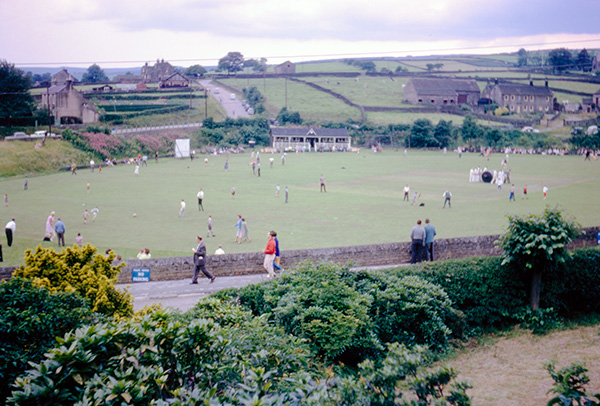
A busy day at the field (1960s)
1954 - The Field Management Committee (FMC) is established comprising trustees and representatives from each association.
Tuesday, July 7th, 1953 - The first bowls league matches are played as a member of the Sheffield and Hallamshire ABA.
September 10th, 1951 - The Tennis Club separates from the Badminton Club which is running in the Village Hall.
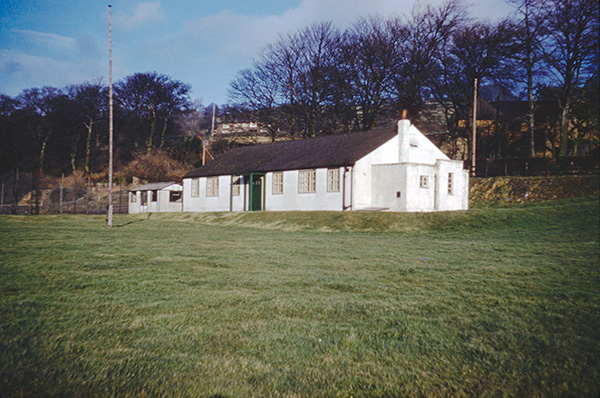
Low Bradfield village hall (1960s).
February 8th, 1951 - Permission is granted for the construction of the Bowling Green which is undertaken by volunteers. The project is managed by Mr. W. Percy Green of Woodfall, (Chairman) ably assisted by the Secretary, Jack Hargreaves, and others.
March 31st, 1946 - Grazing on the field ends.
August 11th, 1945 - The First Young Farmers Club Show is held in the Field.
May 28th, 1945 - The is field closed to the public on Sundays for the observance of the Sabbath.
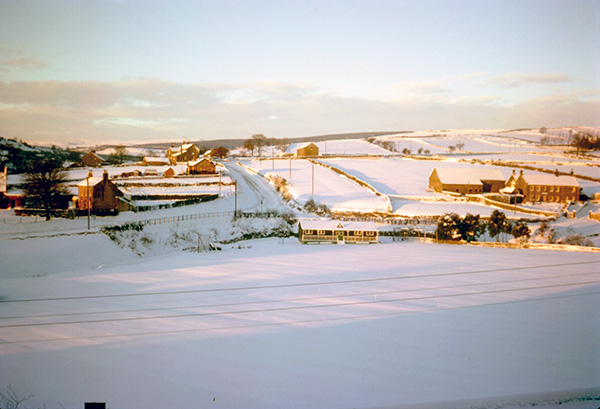
The field dusted with snow (1960s).
1942-1945 - Village Hall is closed to the public for use by the Army during World War II.
July 13th, 1939 - National Playing Fields Association awards a grant of £150 towards the cost of the courts.
April 27th, 1938 - Permission is granted for the construction of 2 tennis courts at an annual rent of 15 shillings per court, per annum.
February 9th, 1938 - The Village Hall hosts the Field Committee meeting for the first time.
April 2nd, 1937 - First Trustee Meeting is held at Burnside, the home of Frederick Ibbotson, overlooking the field. It’s decided that a committee be formed to manage the Field which is to include both Trustees and locals. Bradfield Village Fellowship is granted leave to build a Village Hall. Mr. Frederick Ibbotson funds the erection of the Memorial Stone.
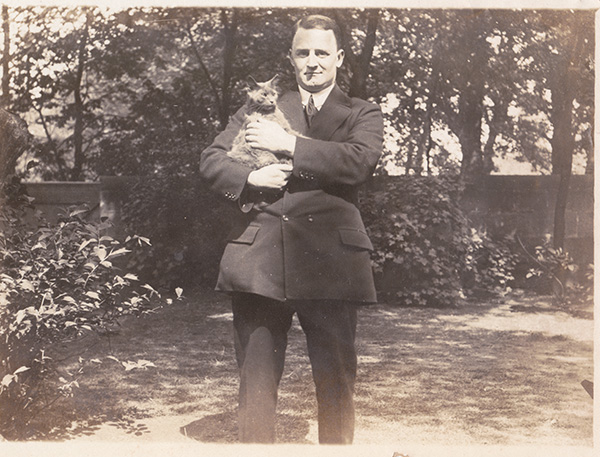
Frederick Ibbotson (1887 - 1961)
March 1st, 1937 - The Ibbotson Memorial Field Trust is drawn up and established by Frederick Ibbotson (1887 - 1961), nephew of the original donor, John Ibbotson.
1935 - Work on a prefabricated Village Hall commences and celebrations for the Silver Jubilee of George V & Queen Mary take place.
Early 1920s - A small Cricket Pavilion exists on Dodge Croft – today's memorial field. The Field continues to be rented out for the grazing of cattle and sheep, outside the Cricket season, with the square fenced off.
Circa. 1917 - John, his wife Eliza, and his brother William decide to gift Dodge Croft to the village and create a Trust to own and administer the land with a view to creating a recreational area for the use and enjoyment of the people of High and Low Bradfield.
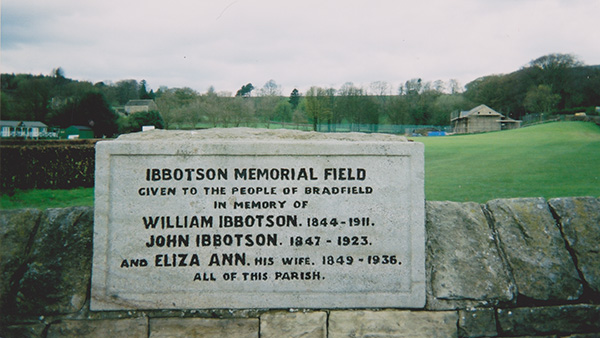
The field memorial stone, commissioned in 1937.
1914-18 - During World War I Dodge Croft is used for growing oats and potatoes.
March 22nd, 1913 - Rev. Barnett Riddlesden sells the companion field to John Ibbotson. The dry-stone wall dividing the two fields can now be removed to create one large area in the village centre.
May 21st, 1912 - Rev. Briarly-Browne sells his field to John Ibbotson of Burnside, Low Bradfield.
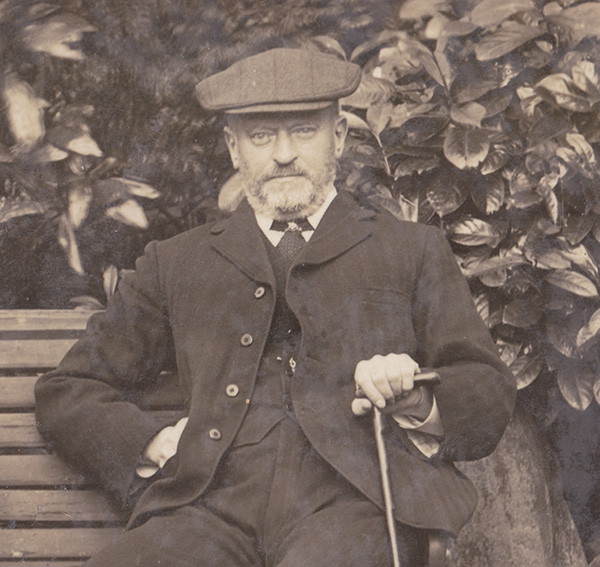
John Ibbotson (1847 - 1923)
September, 1890 - Bradfield Cricket Club has amassed 54 members playing on various fields in Low Bradfield including the 2 fields in the middle of the village known locally as Dodge Croft; at the time only the wicket is mown making it almost impossible to score a 4.
March 11th, 1864 - The Great Sheffield Flood. The collapse of Dale Dyke Dam as it is being filled for the first time, lets 3 million cubic metres (700 million imperial gallons), flood down Bradfield Dale and Loxley Valley destroying the Mill in Bradfield and causing widespread damage before heading into Sheffield itself.
1723 - Dodge Croft is sold by Gervase Seaton of Hardwick near Pontefract, to the Governors of Queen Anne’s bounty, for the benefice, and held in Trust. The purchase money is split equally by the Governors and the Minister of Bradfield—Rev. Charles Steer—and others.
1490 - The Ibbotson Memorial Field was originally 2 fields commonly known as Dodge Croft. A local legend from this time has it that the church of Bradfield was to be built there but ‘all work done in each was carried by night’ to the present site of St. Nicholas' in High Bradfield. Apparently, such legends were common at the time often involving the supernatural removal of works from a lower site to a higher one.
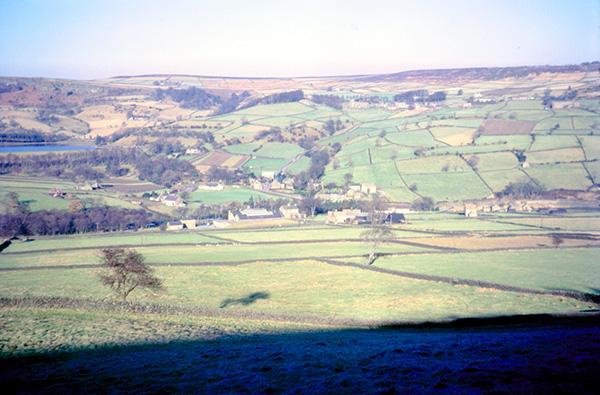
Low Bradfield on a frosty morning with the field at its centre.
Photographs courtesy of FMC members
and the descendants of Frederick Ibbotson.